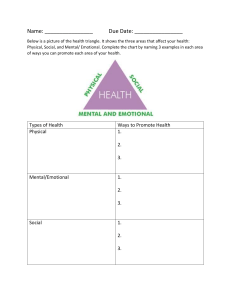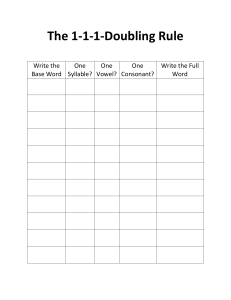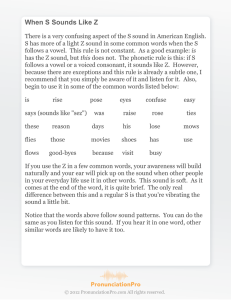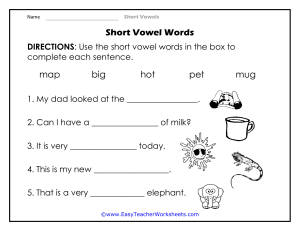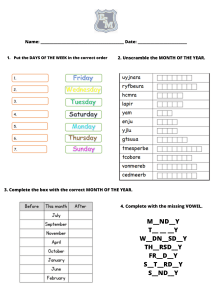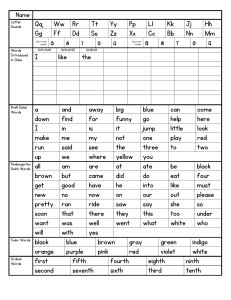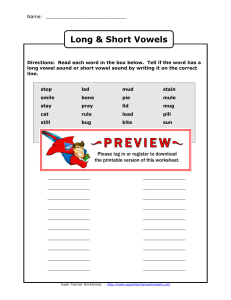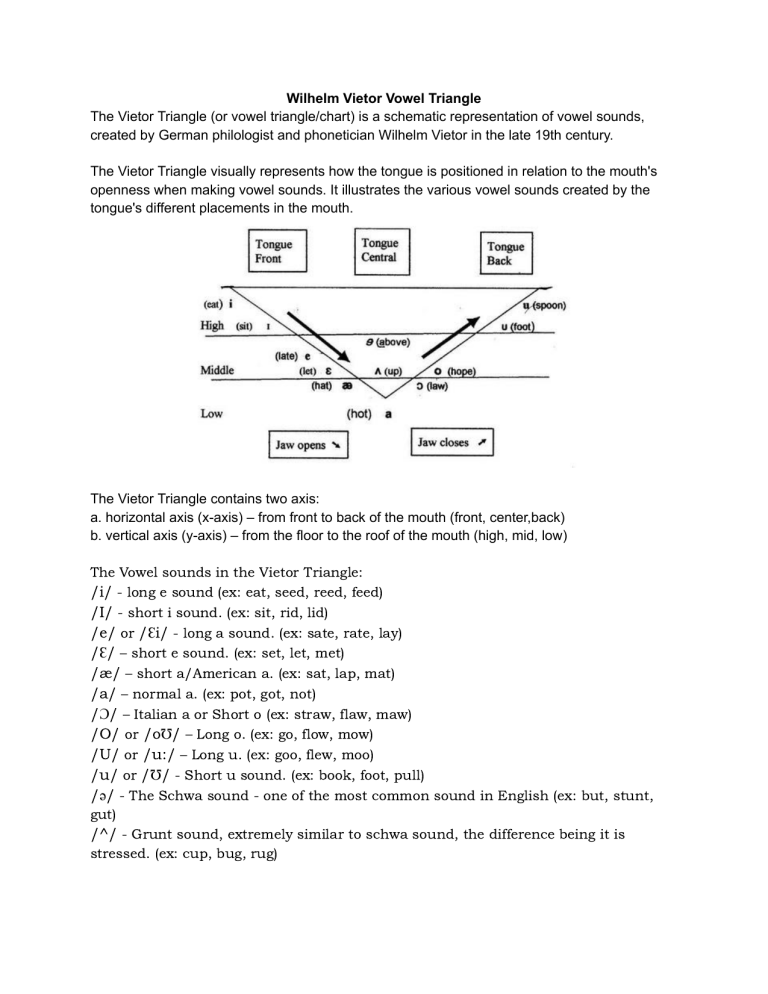
Wilhelm Vietor Vowel Triangle The Vietor Triangle (or vowel triangle/chart) is a schematic representation of vowel sounds, created by German philologist and phonetician Wilhelm Vietor in the late 19th century. The Vietor Triangle visually represents how the tongue is positioned in relation to the mouth's openness when making vowel sounds. It illustrates the various vowel sounds created by the tongue's different placements in the mouth. The Vietor Triangle contains two axis: a. horizontal axis (x-axis) – from front to back of the mouth (front, center,back) b. vertical axis (y-axis) – from the floor to the roof of the mouth (high, mid, low) The Vowel sounds in the Vietor Triangle: /i/ - long e sound (ex: eat, seed, reed, feed) /I/ - short i sound. (ex: sit, rid, lid) /e/ or /Ɛi/ - long a sound. (ex: sate, rate, lay) /Ɛ/ – short e sound. (ex: set, let, met) /æ/ – short a/American a. (ex: sat, lap, mat) /a/ – normal a. (ex: pot, got, not) /Ɔ/ – Italian a or Short o (ex: straw, flaw, maw) /O/ or /oƱ/ – Long o. (ex: go, flow, mow) /U/ or /u:/ – Long u. (ex: goo, flew, moo) /u/ or /Ʊ/ - Short u sound. (ex: book, foot, pull) /ə/ - The Schwa sound - one of the most common sound in English (ex: but, stunt, gut) /^/ - Grunt sound, extremely similar to schwa sound, the difference being it is stressed. (ex: cup, bug, rug)

